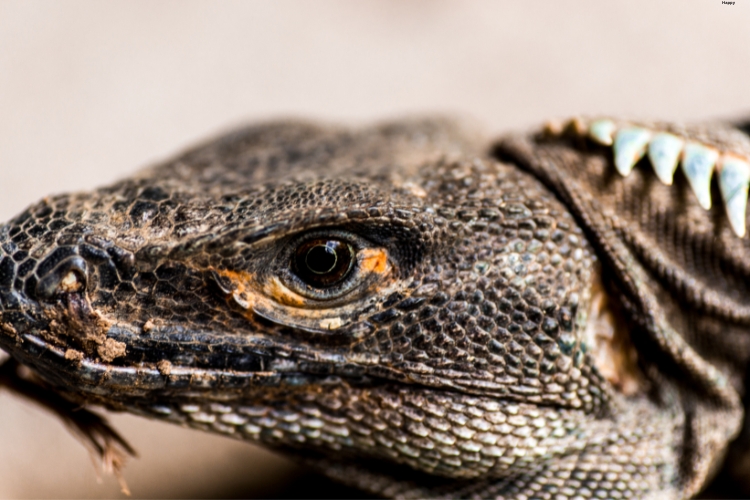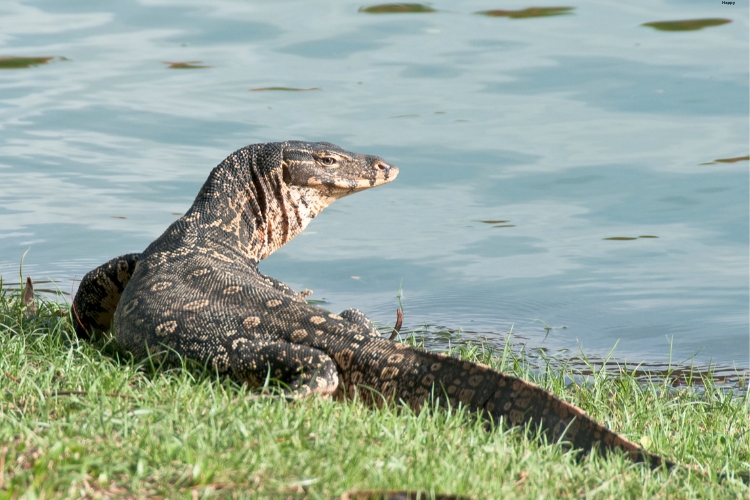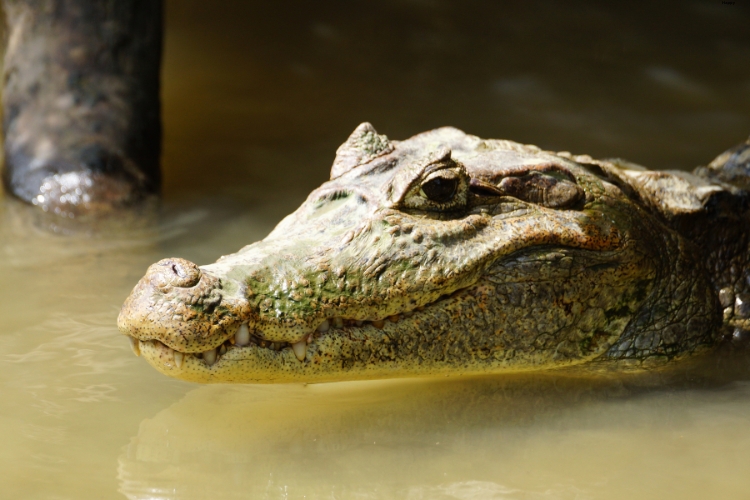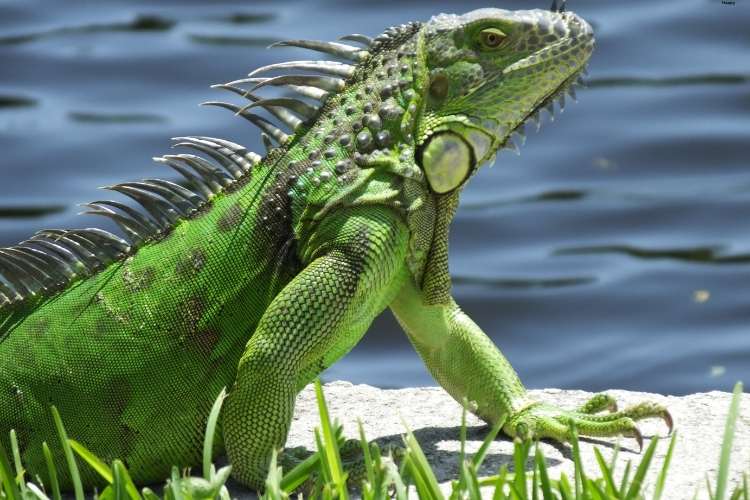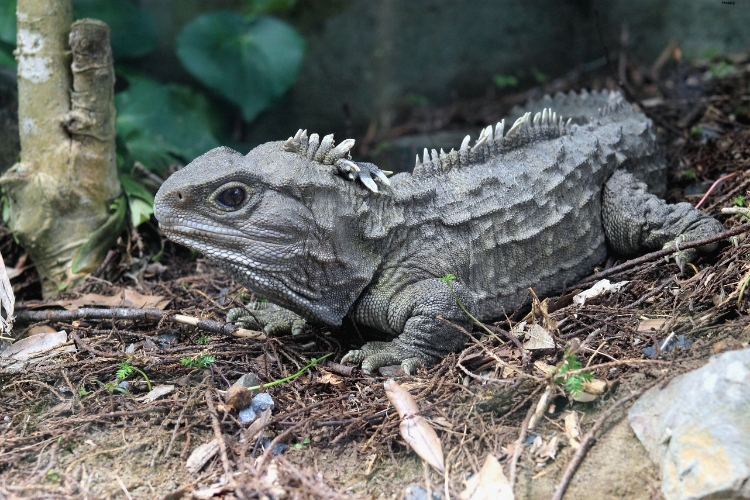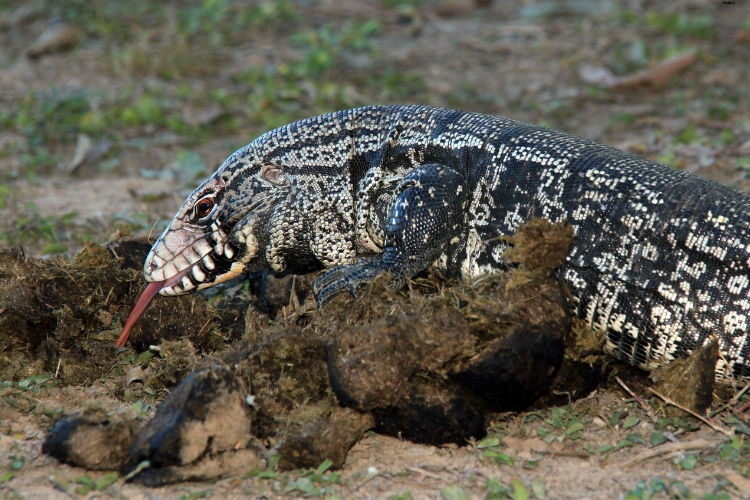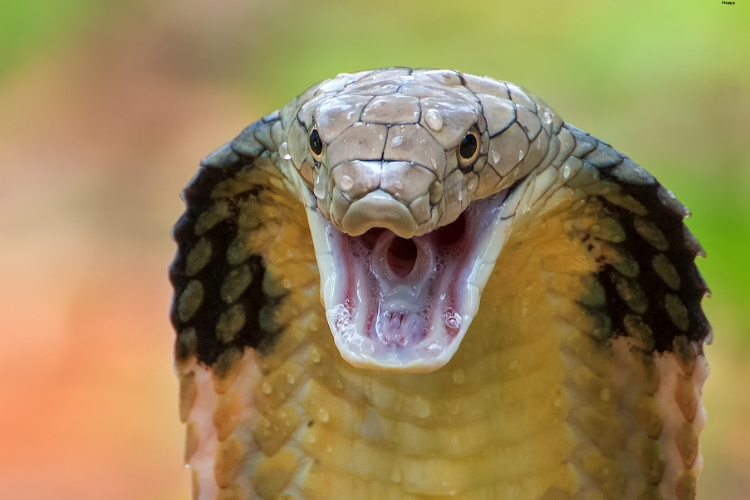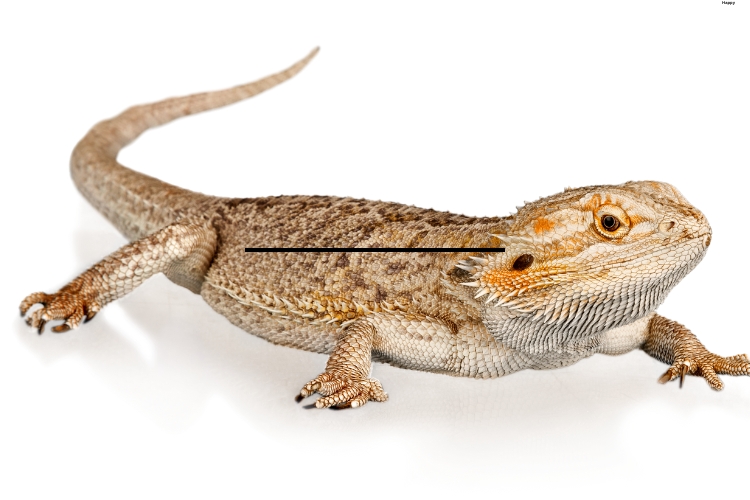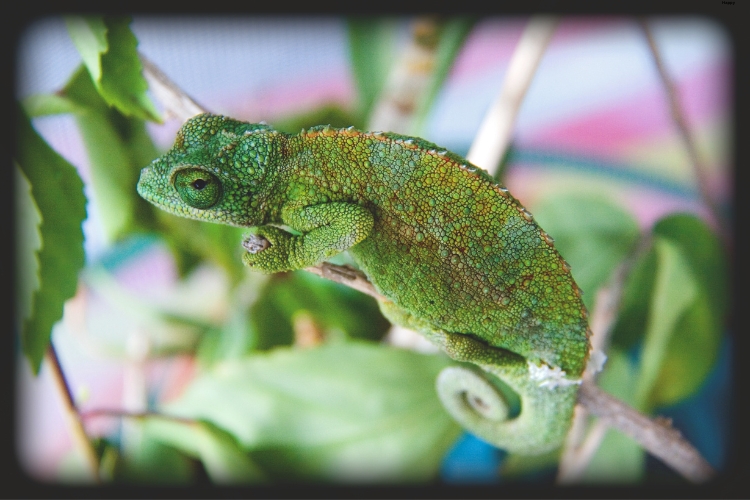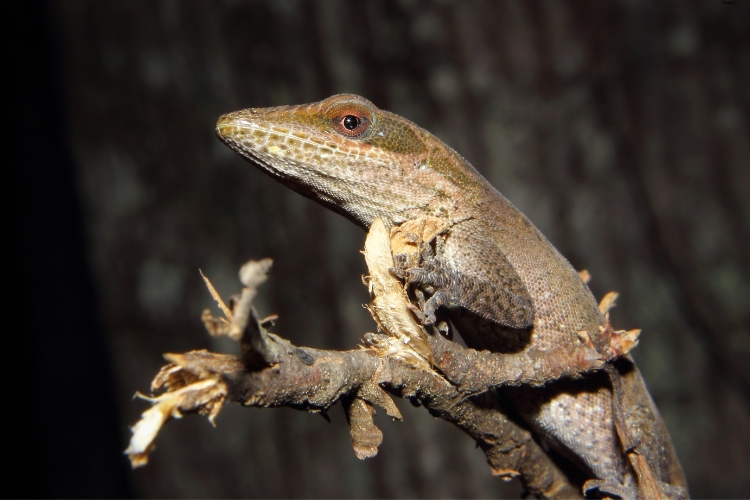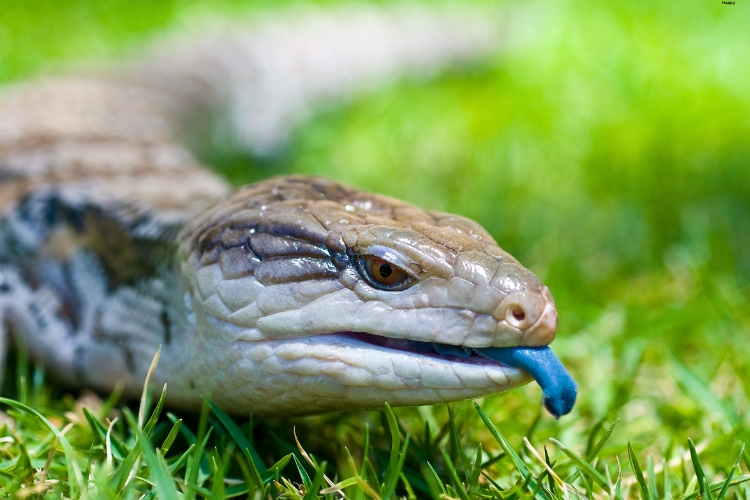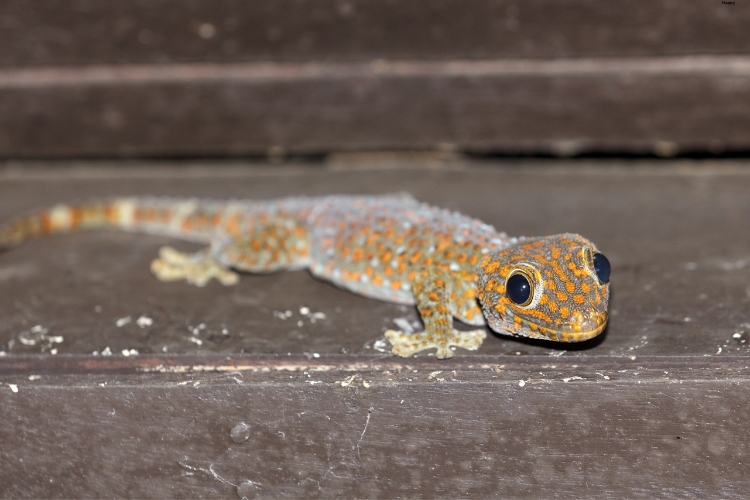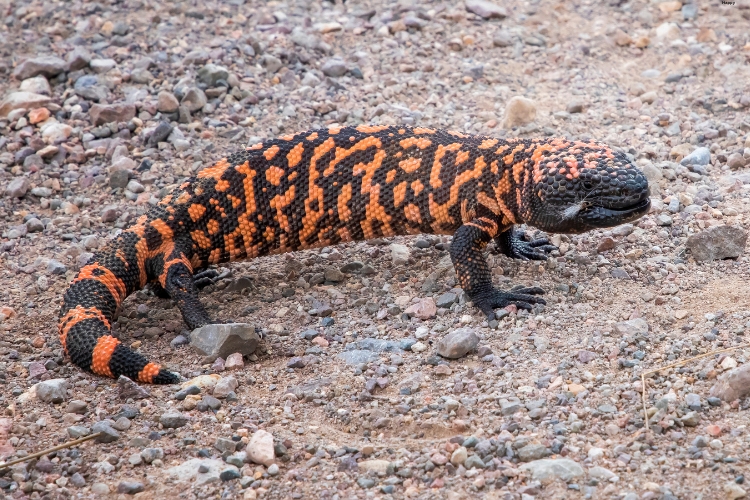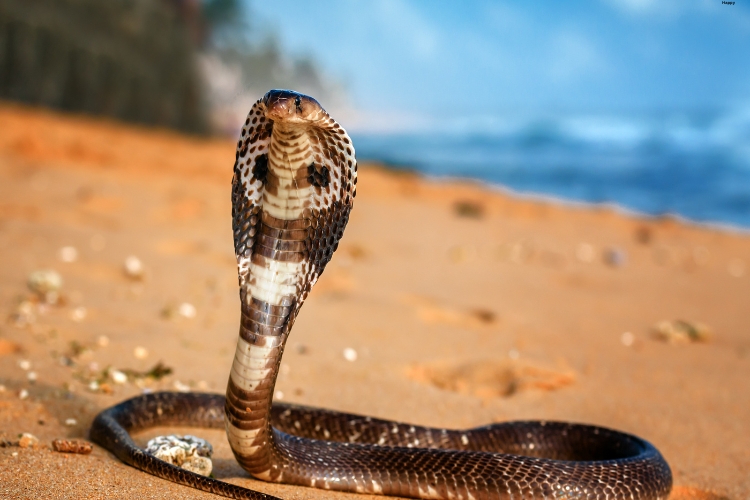When we think of intelligent animals, mammals like dolphins, chimpanzees, and elephants often come to mind. However, the world of reptiles harbors some surprisingly clever creatures that challenge our perceptions of cold-blooded cognition.
In this blog post, we’ll explore the fascinating realm of reptilian intelligence, showcasing 20 of the smartest reptile species known to science.
Understanding Reptilian Intelligence
Before we dive into our list, it’s crucial to understand what constitutes intelligence in reptiles. Unlike mammals, reptiles have a different brain structure and cognitive processes. Their intelligence is often measured through:
- Problem-solving abilities
- Learning and memory capacity
- Social behaviors
- Tool use
- Adaptability to new environments
Researchers have made significant strides in recent years, revealing that many reptiles possess cognitive abilities far beyond what was previously believed.
The Top 20 Smartest Reptile Species
1. Monitor Lizards (Varanus sp.)
Monitor lizards, particularly the Komodo dragon, top our list for good reason. These impressive reptiles demonstrate:
- Complex problem-solving skills
- Ability to count up to six
- Recognition of individual humans
- Use of tools for hunting and foraging
2. American Alligator (Alligator mississippiensis)
American alligators showcase remarkable intelligence through:
- Cooperative hunting behaviors
- Use of tools (sticks) to lure birds
- Long-term memory for feeding locations
- Complex vocalizations for communication
3. Spectacled Caiman (Caiman crocodilus)
These smaller cousins of alligators exhibit:
- Sophisticated hunting strategies
- Ability to learn from observation
- Social behaviors in the wild
4. Green Iguana (Iguana iguana)
Green iguanas demonstrate intelligence through:
- Navigation skills
- Social learning
- Problem-solving in captivity
- Recognition of individual humans
5. Red-Footed Tortoise (Chelonoidis carbonaria)
These tortoises show surprising cognitive abilities:
- Solving maze puzzles
- Social learning from watching others
- Long-term memory for food sources
6. Gila Monster (Heloderma suspectum)
The venomous Gila monster displays:
- Excellent spatial memory
- Ability to locate food sources over long distances
- Complex foraging strategies
7. Tuatara (Sphenodon punctatus)
This ancient reptile species exhibits:
- Longevity associated with accumulated learning
- Adaptability to changing environments
- Complex social behaviors
8. Nile Crocodile (Crocodylus niloticus)
Nile crocodiles show intelligence through:
- Cooperative hunting techniques
- Use of tools (sticks) to lure prey
- Long-term memory for migration routes
9. Argentine Black and White Tegu (Salvator merianae)
These large lizards demonstrate:
- Problem-solving abilities in captivity
- Social bonding with humans
- Ability to recognize individual caretakers
10. King Cobra (Ophiophagus hannah)
The king cobra, while not typically associated with intelligence, shows:
- Complex hunting strategies
- Ability to learn and remember threats
- Sophisticated venom control
11. Leopard Gecko (Eublepharis macularius)
These popular pets exhibit:
- Ability to recognize individual humans
- Problem-solving skills in obtaining food
- Social learning from conspecifics
12. Aldabra Giant Tortoise (Aldabrachelys gigantea)
These long-lived tortoises demonstrate:
- Spatial memory for food and water sources
- Social learning abilities
- Problem-solving skills in captivity
13. Bearded Dragon (Pogona vitticeps)
Bearded dragons show intelligence through:
- Social learning from watching others
- Problem-solving in obtaining food
- Recognition of individual humans
14. Green Sea Turtle (Chelonia mydas)
These marine reptiles exhibit:
- Long-distance navigation skills
- Memory for nesting sites
- Problem-solving abilities in captivity
15. Jackson’s Chameleon (Trioceros jacksonii)
These colorful lizards demonstrate:
- Complex social behaviors
- Problem-solving skills in obtaining food
- Ability to learn from observation
16. Burmese Python (Python bivittatus)
These large snakes show intelligence through:
- Problem-solving abilities in escaping enclosures
- Memory for feeding schedules
- Social behaviors in captivity
17. Carolina Anole (Anolis carolinensis)
These small lizards exhibit:
- Social learning abilities
- Problem-solving skills in obtaining food
- Adaptability to urban environments
18. Red-Eared Slider (Trachemys scripta elegans)
These popular pet turtles demonstrate:
- Maze-solving abilities
- Social learning from conspecifics
- Recognition of individual humans
19. Blue-Tongued Skink (Tiliqua scincoides)
Blue-tongued skinks show intelligence through:
- Problem-solving in obtaining food
- Social bonding with humans
- Ability to recognize individual caretakers
20. Tokay Gecko (Gekko gecko)
These vocal geckos exhibit:
- Complex social behaviors
- Problem-solving abilities in captivity
- Adaptability to various environments
Comparative Intelligence: A Closer Look
To better understand how these reptiles compare in terms of intelligence, let’s examine some key cognitive abilities in a table format:
| Species | Problem-Solving | Social Learning | Tool Use | Human Recognition |
|---|---|---|---|---|
| Monitor Lizards | High | High | Yes | Yes |
| American Alligavtor | High | High | Yes | Yes |
| Spectacled Caiman | Moderate | High | No | Limited |
| Green Iguana | Moderate | Moderate | No | Yes |
| Red-Footed Tortoise | High | High | No | Limited |
| Gila Monster | Moderate | Limited | No | Limited |
| Tuatara | Moderate | Moderate | No | Limited |
| Nile Crocodile | High | High | Yes | Limited |
| Argentine Black and White Tegu | High | Moderate | No | Yes |
| King Cobra | Moderate | Limited | No | Limited |
Factors Influencing Reptilian Intelligence
Several factors contribute to the cognitive abilities of these reptile species:
- Brain-to-body ratio: While not always indicative, some smarter reptiles have larger brain-to-body ratios.
- Environmental challenges: Species facing complex environments often develop higher cognitive abilities.
- Social structures: Reptiles with more complex social lives tend to exhibit higher intelligence.
- Longevity: Longer-lived species have more time to accumulate knowledge and experiences.
- Predator-prey relationships: Both predators and prey may develop higher intelligence as an evolutionary advantage.
Implications for Conservation and Animal Welfare
Understanding reptilian intelligence has important implications:
- Conservation efforts: Recognizing the cognitive abilities of reptiles can lead to more effective conservation strategies.
- Captive care: Zoos and pet owners can provide better enrichment for intelligent reptile species.
- Legal protections: Awareness of reptilian intelligence may influence animal welfare laws and regulations.
- Public perception: Changing views on reptile intelligence can lead to greater appreciation and protection of these species.
Conclusion: Redefining Our Understanding of Reptilian Cognition
As we’ve explored in this article, reptiles possess a range of cognitive abilities that challenge our traditional views of animal intelligence.
From the problem-solving monitor lizards to the tool-using American alligators, these cold-blooded creatures demonstrate that intelligence comes in many forms.
By recognizing and appreciating the cognitive capabilities of reptiles, we not only gain a deeper understanding of the animal kingdom but also foster a greater respect for these often-misunderstood creatures.
As research in this field continues to evolve, we may yet discover even more remarkable examples of reptilian intelligence, further blurring the lines between what we consider “higher” and “lower” animals.
FAQs About Reptile Intelligence
- Are reptiles as intelligent as mammals?
While reptiles and mammals have different brain structures, some reptiles demonstrate cognitive abilities comparable to certain mammals in specific tasks. - Can reptiles learn tricks like dogs?
Many intelligent reptile species can learn simple commands and behaviors, although their learning style differs from mammals. - Do reptiles recognize their owners?
Several species, such as monitor lizards and bearded dragons, have shown the ability to recognize individual humans. - How do scientists measure reptile intelligence?
Researchers use various methods, including maze tests, problem-solving tasks, and observational studies of behavior in natural and captive settings. - Can reptiles use tools?
Some species, like the American alligator, have been observed using tools (such as sticks to lure prey) in the wild.

